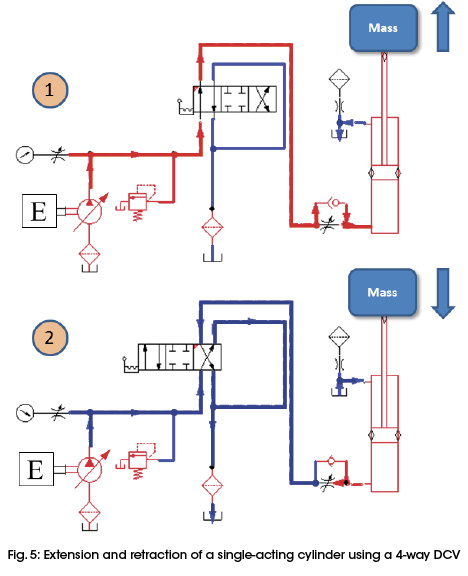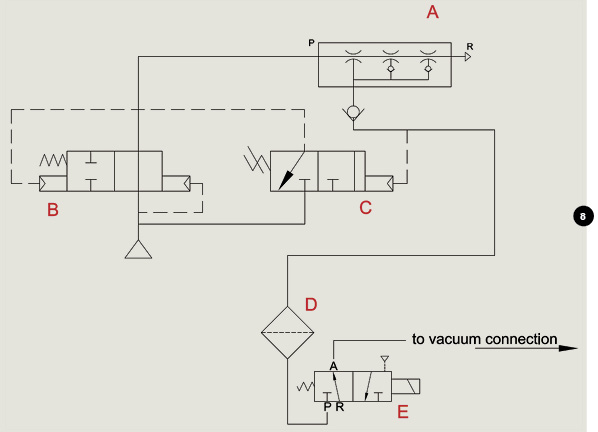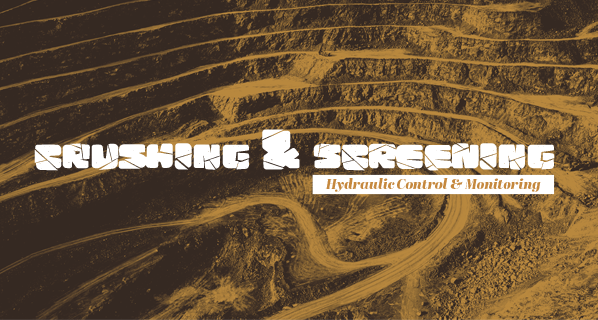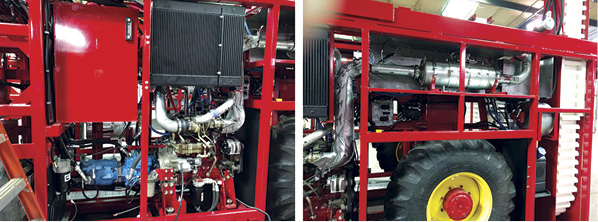Oil And Water Just Don’t Mix!
Essential Tips to Keep Your Fluid Power System in Excellent Shape in a Marine Environment
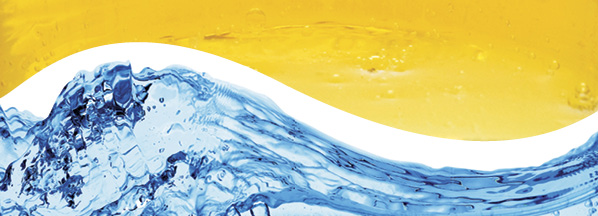
Conducting proper inspections and maintenance on the fluid power systems of heavy machinery is crucial. Such measures maximize the life of the equipment and reduce the costly downtime that results from unexpected breakdowns. But they also perform another important function: protecting the safety of those who operate this equipment. For those working in a marine environment, inspecting and maintaining the fluid power system brings with it specific requirements and challenges that must be addressed.
The old adage is true: oil and water don’t mix.
Oil spills on vessels and other marine applications are expensive to clean up and detrimental to the environment. With its physically demanding conditions and the variety of recognized safety standards, the marine environment imparts unique challenges on the fluid power systems.
Hydraulics are found in multiple applications in the marine industry, from oil rigs working in the Gulf, to container ships carrying cargo across oceans, to tug boats going up the Mississippi. Regardless of the application, safety remains paramount. One small oil spill can cost companies thousands of dollars to clean up. That doesn’t include the costs associated with downtime, as a hydraulic leak is often unexpected and occurs without warning.
Hydraulic systems used in the marine industry, like many other pieces of equipment or machinery, need frequent inspections and upkeep. For example, hydraulic hoses that convey oil at high pressures deteriorate under ultraviolet light, which causes hardening and cracking of the outer cover.
A hydraulic hose is made up of three components. The inner liner is designed to convey the fluid or material running through it. The reinforcement layer, which is usually constructed from high-tensile steel wire, contains the pressure. The outer cover protects the wire reinforcement from damage and the elements. A failure of any three of these components can lead to spillage and downtime.
The inner liner of the hose should be compatible with the materials running through it. Be sure you understand that hoses on larger vessels may not be confined to the hydraulic systems. Hose assemblies can be found in material-handling applications charged with loading or unloading such cargo as grain or salt. Incompatible hoses and applications can cause an internal reaction that is difficult to detect. If you need further information or have any concerns regarding hose material compatibility, contact your hose or hydraulics vendor. The vendor should have a hose chemical-resistant chart highlighting the manufacturer’s guidelines.
The wire reinforcement of the hose is designed to contain the pressure of the fluid flowing through the hose. With the exposure to the elements under normal conditions, it can rust and compromise the ability of the reinforcement to contain the pressure. This is more vital if the hose assembly is working on a ship or a boat where it can be exposed to the elements, including salt spray.
The third and final component is the outer cover. The role of the outer cover is to protect the reinforcement from damage and the elements. Some hoses are available with an abrasion-resistant outer cover for applications in an aggressive environment often associated with the marine industry.
The hydraulic fittings crimped on each end are also susceptible to rust if they are not manufactured from stainless steel. Some companies will use only marine-grade 316 stainless steel as a longer-lasting alternative to standard-plated hydraulic steel fittings.
These are just a few of the many reasons to conduct a regular review, not only of the high-pressure hoses, but also of all the components in your hydraulic system. A visual inspection checklist is easy to compile and can reduce the costs of running and maintaining your vessel.
Some of the most common items to inspect include
- Oil levels: Ensure fluid levels are kept to manufacturer’s recommendations.
- Oil contamination: This is a common cause of failures in a hydraulic system. Marine applications are susceptible to having water in the oil. Oil sampling is a method that can indicate particle counts and other contaminants.
- Filtration: Change filters in line with manufacturer’s recommendations.
- Hose assemblies: Check for hardening and cracking of the outer cover, exposure, and oxidation of wire reinforcement. Extreme cases would include sections of the outer cover completely missing and the wire reinforcement starting to unravel.
- Crimped end fittings: Check for signs of rust or dampness where the connection (outer ferrule) meets the hose.
- Fittings: Check for bent or crushed fittings and hoses kinked by site damage, causing flow restrictions.
- Hose assemblies: Look for signs of the hoses rubbing together, creating wear points.
- Brackets and clamps: Make sure none are missing, which can increase the possibility of damage.
- Threaded ports: Ensure there are no leaking connections.
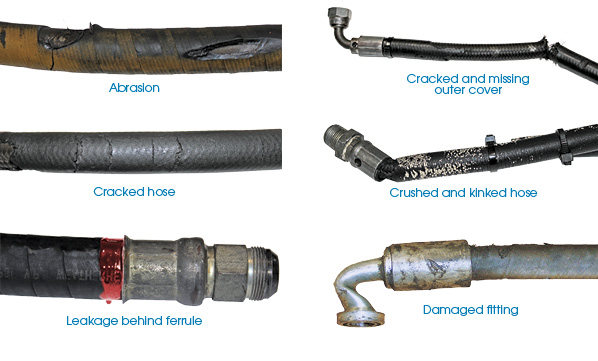
An important part of this process is to install hose assemblies designed and tested to work together. This means the hose manufacturer and the fittings manufacturer have fully tested their products together to ensure full compatibility. This does not necessarily mean that the manufacturer of both the hose and the fittings need to be the same, but rather that the full range of compatibility testing was carried out.
Special attention also needs to carried out during the assembly process beyond just adhering to manufacturing standards. The hose technician should follow a series of “best practices.” These include internal cleaning of the hose after cutting to reduce contamination of small pieces of wire or rubber. Individually measure the crimp dimension of the fitting at both ends of each hose fabricated, using a caliper or micrometer. Place identification on each hose assembly fabricated by including the supplying company name, information about the components used, date the unit was assembled, and pressure testing.
To help select companies with qualified products, there are a number of quality assurance certifications or accreditations. These are usually needed for hose assemblies used on vessels. The two most commonly found are the United States Coast Guard (USCG) SAE listed J1942-1 type approvals and the American Bureau of Shipping (ABS) Design Assessment Certificate. When selecting a vendor for your high-pressure hose assemblies, ensure the products supplied comply with the necessary certifications for your vessel.
About the Author: Jamie Vokes, CFPCC, is the training and field support manager for PIRTEK USA. He has more than 25 years of experience working with hydraulic components and systems in multiple industry sectors both nationally and internationally. For more information, visit www.pirtekusa.com.


